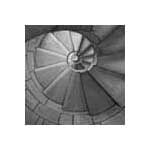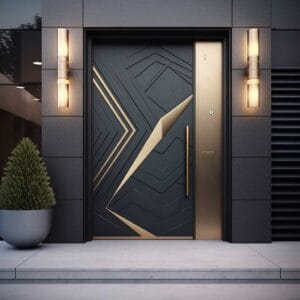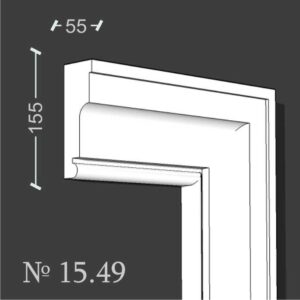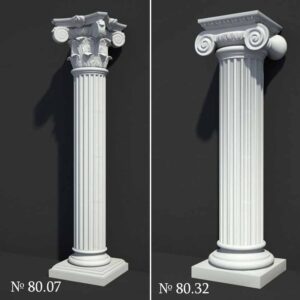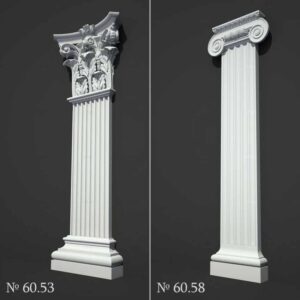Choosing the entrance door for a private house involves solving several tasks for the owner. The most important conditions for household security have always been considered high-quality insulation, protection against heat loss, and a high level of burglary resistance.
All of these are crucial characteristics of this product, and none of these qualities should be overlooked. It is equally important not to underestimate the decorative properties of the door, as the entrance to a private house is, in many ways, the calling card of the dwelling.
Requirements for the Entrance Door in a Private House
Since we are talking about the entrance door located essentially in contact with the open outdoor space, the most stringent requirements are imposed on such a product.

Reliability, good insulation, and an impressive appearance are the criteria that are important to follow when choosing entrance doors for a house. However, this is a very generalized assessment of requirements; in reality, there are several more.
This list provides a comprehensive answer to the question of how to choose an entrance door for a private house. Among the listed required qualities, it is particularly important to emphasize the stability of the door product in the conditions of a frosty winter.
Explore in-depth details on entry and interior doors on website: https://indigodoors.com/products/interior-doors/
Freezing has always been considered a significant problem. No one likes to see frost on the door panel, especially from the inside. The use of thermal break technology solves this problem. A door with a thermal break is a multi-layered door structure, always metallic, containing a thermal insulation layer that creates a barrier against the freezing of the product.
Which Material to Prefer?
The manufacturing of entrance doors involves the use of the most durable and high-quality materials, particularly in creating the door panel that serves as the foundation of the product. The materials used for insulating the structure are also crucial.
A wooden entrance door is almost irrelevant in our case. Even with a good external coating, a wooden frame is unlikely to withstand temperature fluctuations, and it is not the best solution for fire and burglary resistance.
Metal-plastic doors boast solid qualities in terms of sound insulation and heat preservation, and PVC profiles are budget-friendly. However, metal-plastic doesn’t handle mechanical impact very well; it’s like a can for an experienced burglar. Therefore, the optimal choice in this matter would be a metal door. Typically, sheet steel is used in the manufacturing of entrance metal doors, with a recommended thickness of over 1.2 mm. It is better if the steel profile has parameters between 2.5-4.5 mm.

The only drawback of steel doors is their mediocre temperature resistance. This is where the mentioned thermal break comes into play.
The thermal break effect is achieved through a special thermal insulation material. Among such thermal inserts are:
- Polyamide
- Cork sheet
- Mineral wool
- Expanded polystyrene
- Fiberglass
- Isolon
Perhaps, from the listed options, only fiberglass is not recommended. Fiberglass has the tendency to heat up and release toxic fumes in hot weather. The other materials are environmentally safe and provide almost equally effective insulation for doors.
How Important is Door Hardware?
If the door panel serves as the foundation, the skeleton of the structure, door hardware can be likened to the tendons of the door system. In many ways, it is an even more critical element than the door panel itself.
It’s crucial to remember that locks, handles, hinges, and door closers are the most vulnerable components of the door structure. Their quality and reliability determine the level of protection of entrance doors from external intrusion. This constitutes the primary hardware for doors.
The locking system is everything. It is responsible for the possibility or impossibility of unauthorized door opening. Locks are categorized based on their burglary resistance into three levels – minimal, medium, and high reliability.
Outdated bolt locks are considered to provide minimal reliability. Cylindrical locks are a solid solution for medium-level security, while pin-tumbler lock systems are recognized as the most reliable today.
The number and quality of hinges also play a significant role. Experts suggest that there should be no fewer than three hinges, preferably of the concealed type. This safeguards the structure from attempts to lift it off the hinges.
When choosing a handle, it’s important to remember that it is a crucial functional and decorative element. It’s better to opt for a metallic handle, giving preference not to budget aluminum but to an aluminum-silicon alloy – silumin. Even better if the material is steel or brass.
Door closers are used to ensure the smooth closing of the door. They function as a form of cushioning, protecting the structure from shaking during closure.
Decorative Qualities of Doors
The entrance door not only protects a private house but also enhances its aesthetic appeal. The exterior finish is responsible for the decorative aspect of the product and must also ensure the durability of the coating. A combination of aesthetics and reliability is an immutable requirement for the external treatment of the door panel.
Among the methods to impart decorative features to the door system without compromising reliability, the following stand out:
- Hammered paintwork
- Polymer coating
- Anti-vandal film
Popular MDF coatings and fillets made of natural wood are suitable for entrance doors in residential multi-story buildings. If you need to buy an entrance door for a private house, it is better to focus on the decorative coating methods mentioned above.
